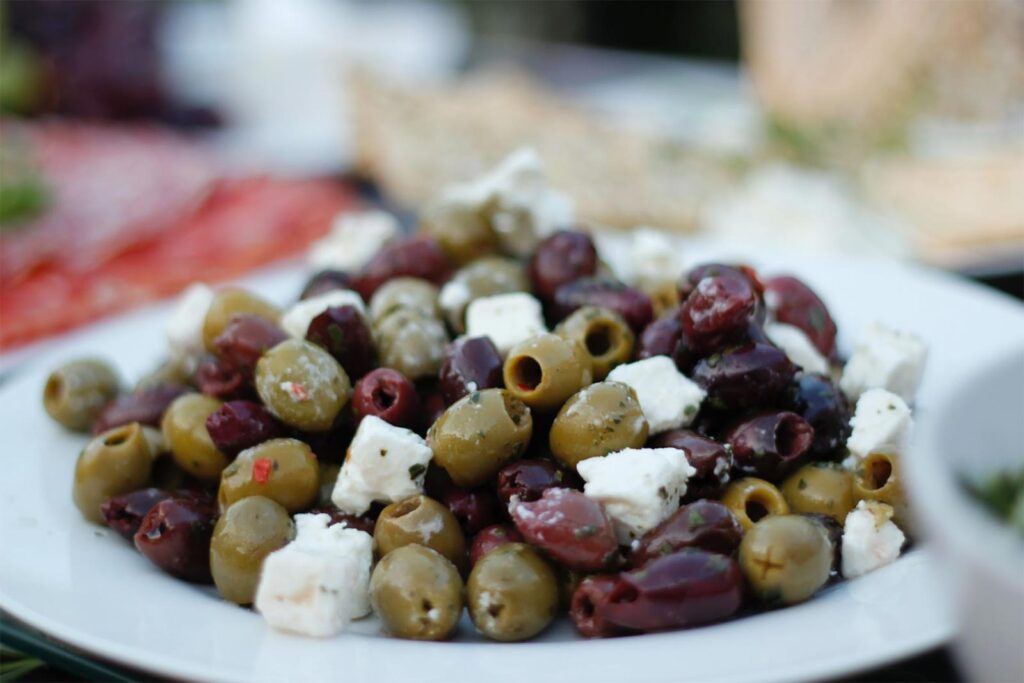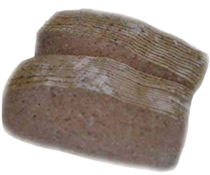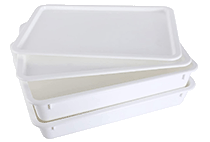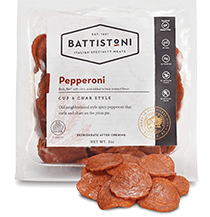Greek pizza is one of the lesser-known styles of pizza. When you think of Greek pizza, you may think of pizza with Feta cheese, spinach, olives, and other goodies that you have commonly seen in Greek cuisine.
Table of Contents
And if you are in a pizzeria that happens to have Greek pizza on the menu, then that’s probably what you will get.

However, if you are in a Greek restaurant, then you will get an entirely different type of Greek pizza. While Greek pizza isn’t actually Greek, it has become a menu staple in Greek restaurants.
This unique style of pizza is a hybrid invented by a Greek immigrant in the U.S. It’s one of those foods created by different cultures coming together.
Italian immigrants brought pizza to the U.S. at the beginning of the 20th century, and once it was here, it quickly became popular.
Other restaurant owners took notice and started adding it to their menus, creating some unique versions of pizza like St. Louis-style and Detroit-style pizza. Greek pizza is one of those versions.
What is Greek Pizza?
So, Greek pizza is more than just a pizza with kalamata olives and Feta cheese; instead, it has some key differences in the dough, sauce, and toppings.
When we were first introduced to Greek pizza, we thought it might be made with a thin phyllo dough commonly used in the classic Greek dish spanakopita or the thinly rolled crust of Turkish lahmacun, but we were very wrong.
Read on to learn what Greek pizza actually is and how to make it at home and the right way to eat it.
Greek Pizza Dough

Let’s start with the dough. Dough for Greek pizza has a few key differences that make it unique. First of all, the dough rises overnight rather than for a few hours. This long fermentation time creates a dough airy but dense crust.
The other noticeable difference is the amount of olive oil used in the dough. Greece is known for its olive groves and olive oil producers. Olive oil is a key element used generously in Greek cooking. And Greek pizza is no exception.
The dough is heavily saturated with olive oil and pressed into a pan. The pan is not quite as thick as the one for Detroit-style pizza or Chicago-style pizza, but it has a little lip on the edge to keep a thicker crust. It resembles thinner focaccia with the oily dough pressed in a pan.
Greek Pizza Sauce

The tomato sauce used for Greek pizza differs from the marinara you will find in an Italian pizzeria. Traditional pizza sauce is a bit on the thick side and is made with crushed canned tomatoes.
Greek pizza sauce, while still a tomato-based sauce, leans heavily on olive oil and tomato paste creating a thinner oily sauce.
This sauce is then cooked for hours and hours with generous amounts of oregano and not much else. The oregano adds a tanginess to the sauce that you won’t find in other pizzerias.
And the long cooking time, usually an all-day affair, causes some caramelization to the sauce giving it more of an identity than a typical ragu.
Greek Pizza Cheese and Toppings

As far as the toppings on a Greek pizza, they can be almost anything. They don’t have to be specifically Greek-inspired. While the classic Greek cheese Feta can be a topping, it’s usually added sparingly. Instead, Greek pizzaiolos opt for a mix of white cheddar, mozzarella, and provolone cheeses.
The cooking method is even different as Greek pizzas are usually cooked in an electric oven rather than a wood-fired oven. And surprisingly, you can easily make a Greek pizza with a cast-iron skillet on the stove.
And if you thought cast iron would be a bad choice and that the dough would stick to the pan, well, that is where the olive oil comes in. The pan, whether in the oven or the stove, is so greased up that there is little chance it will stick to anything.
How to Make Homemade Greek Pizza
If you don’t have any Greek restaurants near you or just want to learn how to make this unique style of pizza, you can make it at home. You will need a couple of things to make an authentic Greek pizza.
- Pizza pan with a lip or cast iron skillet
- Olive oil, and lots of it
- Tomato paste
- Canned crushed tomatoes
- Cheeses including white cheddar, provolone, and mozzarella
- Oregano
Make the dough with your favorite pizza dough recipe and replace ¼ cup of water with olive oil. And when you place it in the bowl to rise overnight, give it a good coating with oil.
Likewise, you can use your favorite marinara recipe and just add tomato paste, extra oregano, and a cup of olive oil. Make sure to simmer the sauce all day, stirring in more olive oil to keep the sauce thin.
To save time, you can even use a store-bought ragu and add olive oil, two tablespoons of oregano, and a little water to thin it.
Now, Greek pizza can have any traditional toppings like pepperoni, salami, mushrooms, and other veggies. We like to make our Greek pizzas with some classic Greek flavors. We use:
- Artichokes
- Roasted red peppers
- Kalamata olives
- Ground lamb or gyro meat
Now that you have your ingredients, you need a dash of patience as well since the dough needs to rise overnight. We suggest making the dough a day before and the sauce in the morning so it can simmer all day.
Now that your dough, sauce, and toppings are ready, you can grease your pan and press in the dough. This process is very similar to focaccia, so if you have made focaccia, you already know how to do it.
Whether you are making the pizza in the oven or cast iron on the stove, you will need to par-bake the dough first so that the crust has some structure or integrity to hold the sauce, toppings, and cheese.
After the par-bake, remove the pan and add your sauce, cheese, and toppings. If doing this on the stove, cover the skillet. You can use a spatula to lift up the sides to check for doneness.
Keep the heat medium-high to avoid burning the bottom. Slow and steady is the best for cast iron skillet Greek pizzas.
If making in the oven, par-bake for five minutes. Then bake for an additional 10 minutes at 475° F.
Serve with a glass of Greek wine or beer for a true Greek experience.
Have you tried Greek pizza?













